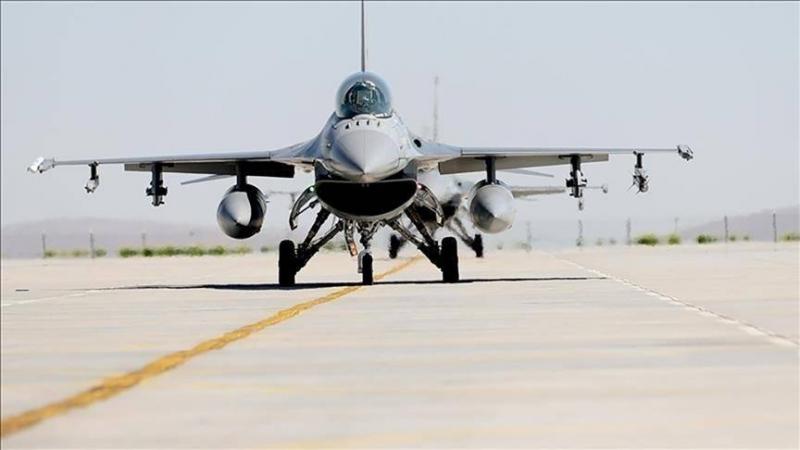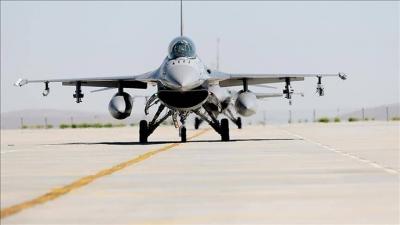The American F-16 fighter jets being delivered to Ukraine represent a victory for President Volodymyr Zelensky, but experts believe they alone will not be enough to fill gaps in the country’s air defense, which is besieged by the Russian military. NATO member countries announced on Wednesday during a summit in Washington that they have begun dispatching F-16s to Ukraine from Denmark and the Netherlands, with plans for their rapid usage.
U.S. Secretary of State Antony Blinken confirmed during the summit that these planes "will fly in the skies of Ukraine this summer to ensure Ukraine’s ability to continue effectively defending itself against Russia." President Zelensky welcomed this development, considering the fighter jets as a step towards a just and lasting peace, asserting that terrorism must fail everywhere and at all times.
Specifically, the Netherlands has pledged to send 24 F-16s, Belgium 30 by 2028, and Denmark 19 multi-role jets. Norway will also send 6 F-16s to Ukraine, with transport operations starting this year, as announced by Norwegian Prime Minister Jonas Gahr Støre. Mark Cancian, an expert at the Center for Strategic and International Studies, stated that "this is very important symbolically."
He added that "this is really the last thing that Zelensky considered important for defending Ukraine," referring to the full range of Western weapons that the Ukrainian president has tirelessly sought, from HIMARS rocket launchers to Patriot missile batteries to Abrams tanks that Washington was reluctant to send.
The expert noted, "This will help their air defense, but it will not be a miracle solution," as "simply, there will not be enough" of them. In mid-May, President Zelensky announced that Ukraine needed between 120 to 130 F-16s to end Russian control of its airspace. Western countries have collectively promised to send fewer than 100 of these jets, to be delivered in sporadic batches.
The Russian military has made battlefield gains in Ukraine in recent months, inflicting heavy losses on Ukrainian soldiers by dropping bombs from aircraft, some of which date back to the Soviet arsenal and are remotely guided to their targets. The F-16s can perform medium-range interceptions against these Russian bombers, which drop their ordnance tens of kilometers from the front line. Mark Cancian confirmed that F-16s could also be used for long-range strikes, such as targeting the rear of the Russian front.
Michael Bonert, an expert at the Rand Corporation, considered the delivery of F-16s to Ukraine as "a long-term commitment," since these fighter jets involve sustainable logistics and pilot training. He noted that these jets would be capable of helping to "track and shoot down cruise missiles like those used in the attacks on Kyiv," as well as assist defensively in parts of Ukraine that lack air defense batteries.
However, Bonert observed that the benefits of these jets would be relative, using a musical analogy. He stated, "Today, the aerial symphony in Ukraine is very limited and does not include all the instruments." He argued that adding F-16s "seems like adding brass instruments when there are already percussion and string instruments. But it is just one more instrument."




